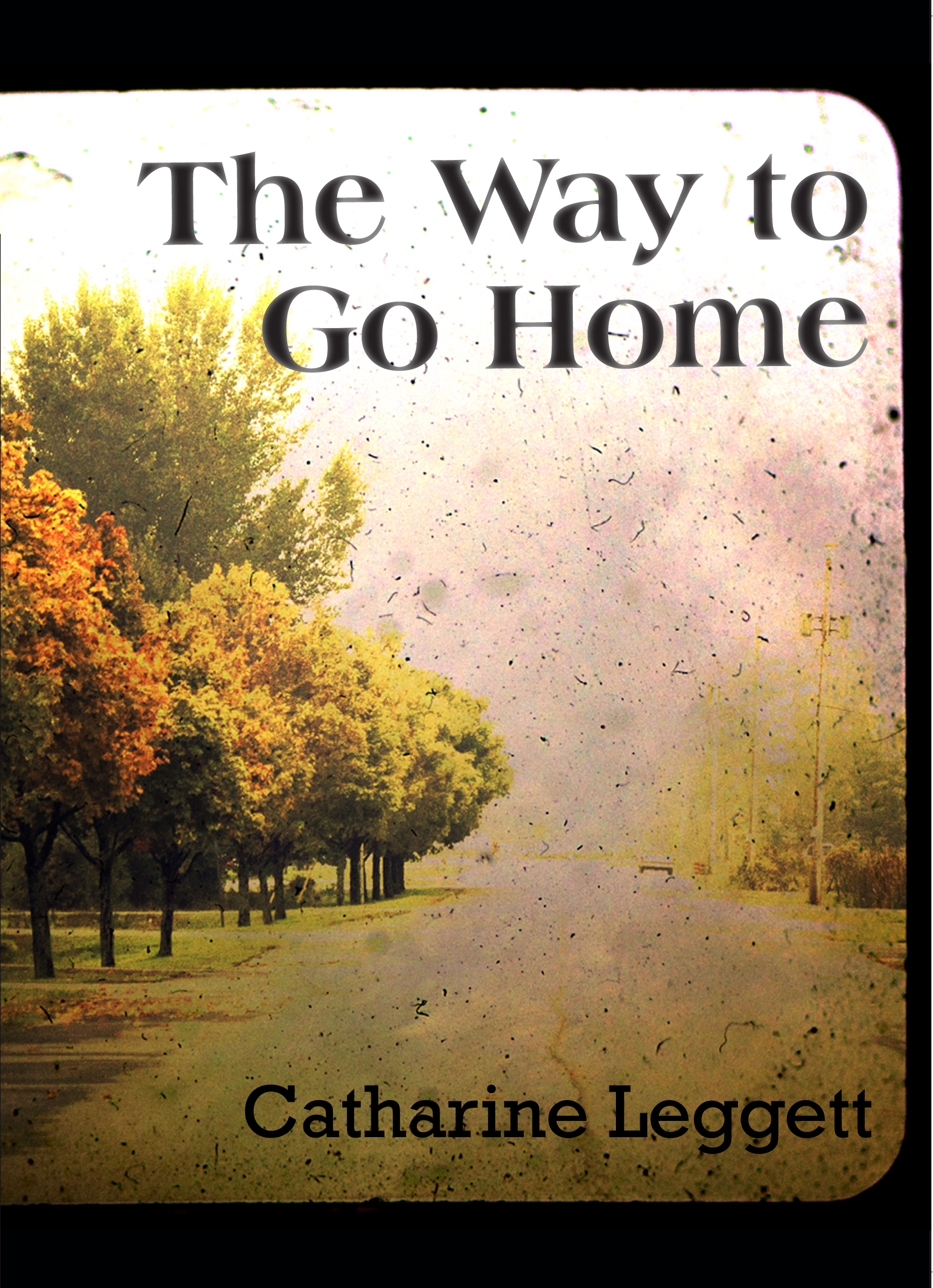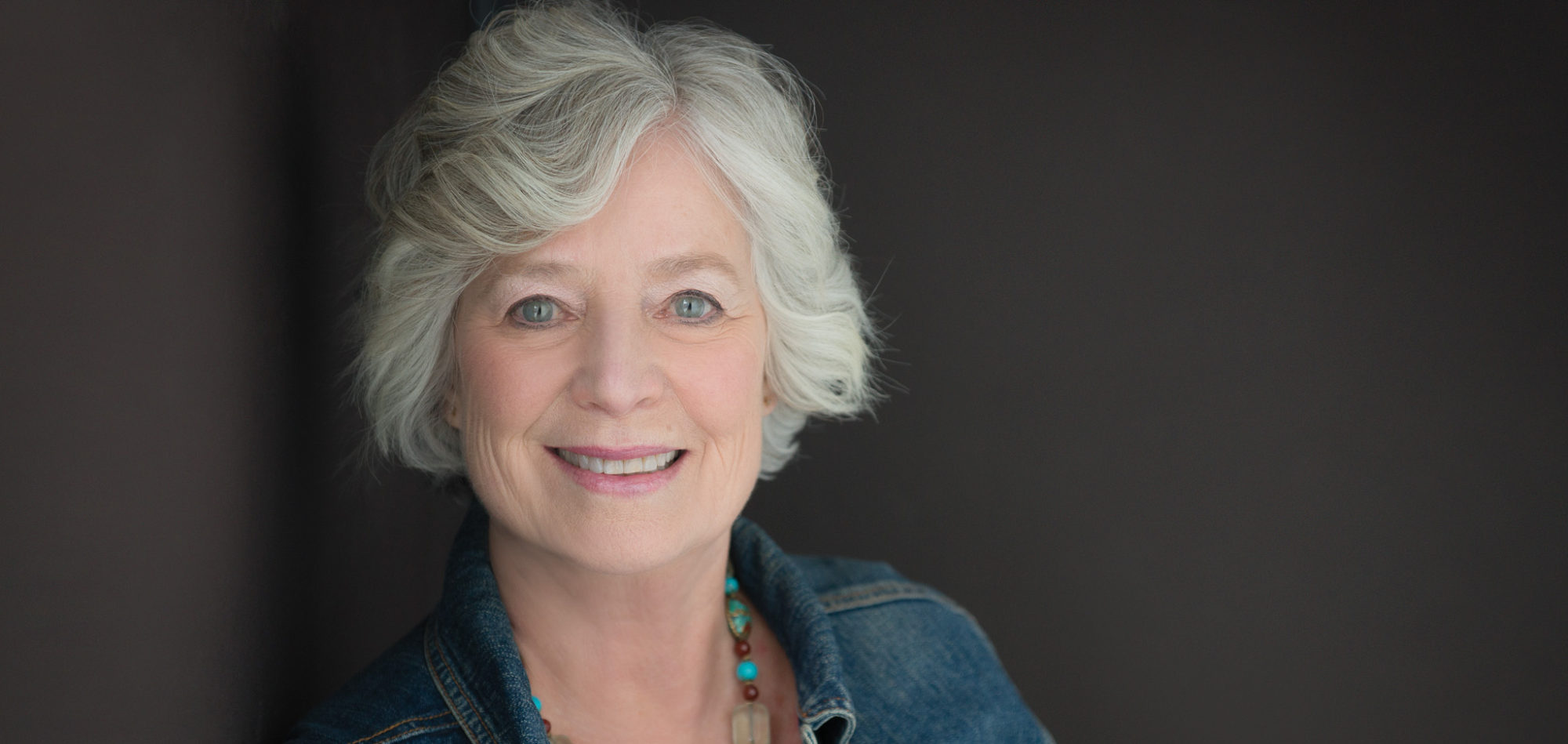
Published: September 3, 2019
A horseback riding accident in June, 1973 leaves Buddy Scott, the central character in The Way to Go Home, with a broken body in a remote ravine. As he awaits rescue, thinking that his life is about to end, his mind wanders into his past. His journey began at age thirteen, when he was suddenly orphaned along with eight other siblings. Unable to keep their Wyoming ranch, Buddy and his older brother, Ray, stay with an uncle, which turns out to be a harrowing ordeal that ends with them running away. What ensues is a road-adventure story that crosses the United States over a period of years. As drifters, Buddy and Ray encounter a host of engaging and unusual characters—from the poorest to the most elite, from shysters and connivers to decent folk. When Ray leaves to go back to the west, Buddy lands in Canada, where he finally sets down roots in the hopes of finding a place for himself. The idealized “home” inscribed deep in his heart through the stories of his childhood is not the one he makes for himself in Southern Ontario. A drifter’s past and the scrappy lifestyle that accompanied it leads him off course, and he falls into self-destructive behaviour. His wife Meg and his four children can’t restore something he lost long ago, and until he seeks his own personal redemption Buddy can not find a sense of belonging. Home is not where he thought it would be.
A story of survival, hardship, adventure, truth, suffering, shame, forgiveness—The Way to Go Home is a story of life, the power of memory, and the way the stories we tell ourselves, of the past and present, define us.
Comments
Stan Dragland
“We’re all just hobos on this earth,” says one of the memorable characters met by Buddy, the (anti-) hero of this wonderful novel. “Aren’t we all just passing through?” We are, and how better to make a permanent mark than by recording our progress with vivid story—story as “tonic” for a troubled soul. In The Way to Go Home, Catharine Leggett has built a novel so convincing and affecting, so packed with real people and fascinating events, that I didn’t want to put the book down. I didn’t want it to end, either, so I’m glad to report that it didn’t. Like the very best of fiction, it keeps on going.
— Novelist, poet, and critic, Stan Dragland is Professor Emeritus from the University of Western Ontario, author of Deep Too, The Bricoleur & his Sentences, Strangers & Others: Newfoundland Essays, Floating Voice, The Drowned Lands and many more.
Jocelyn Cullity
A beautifully told, literary-historical novel, Catharine Leggett illuminates deep strength in times of deep sadness. The Way to Go Home is a warm book on a cold night, a story that makes you want to snuggle right up to it before bed. A tremendous debut. Brava!
— Jocelyn Cullity is a Professor of English at Truman State University and author of the award-winning, historical novel, Amah and the Silk-Winged Pigeons, the forthcoming novel, The Envy of Paradise, and numerous short stories.
